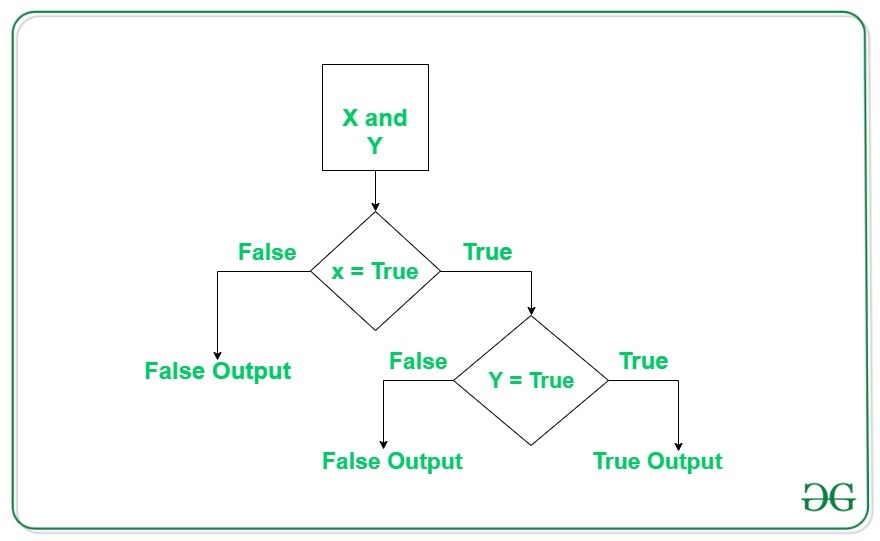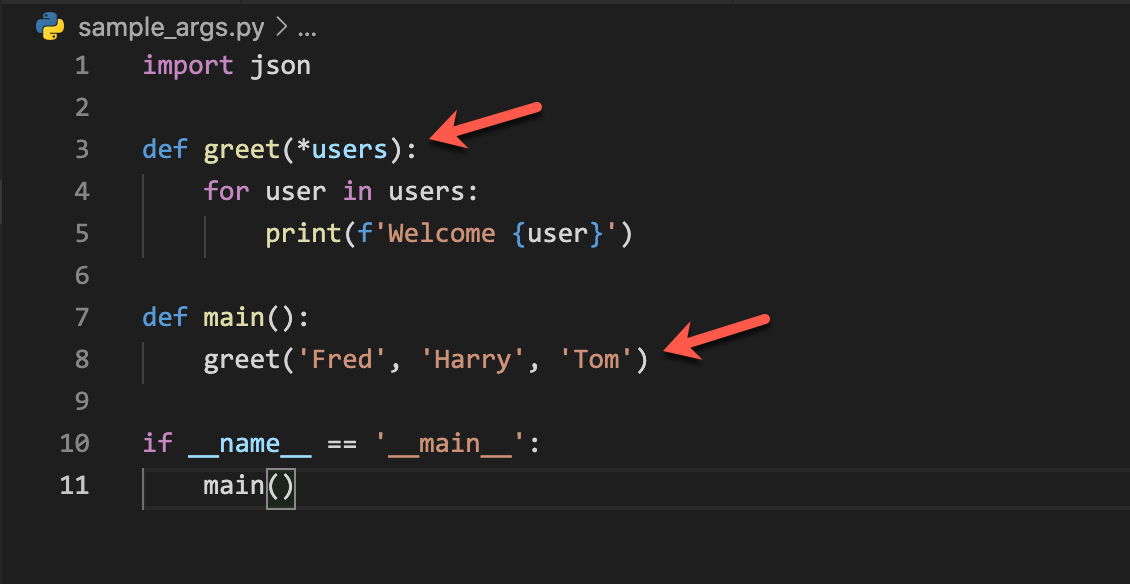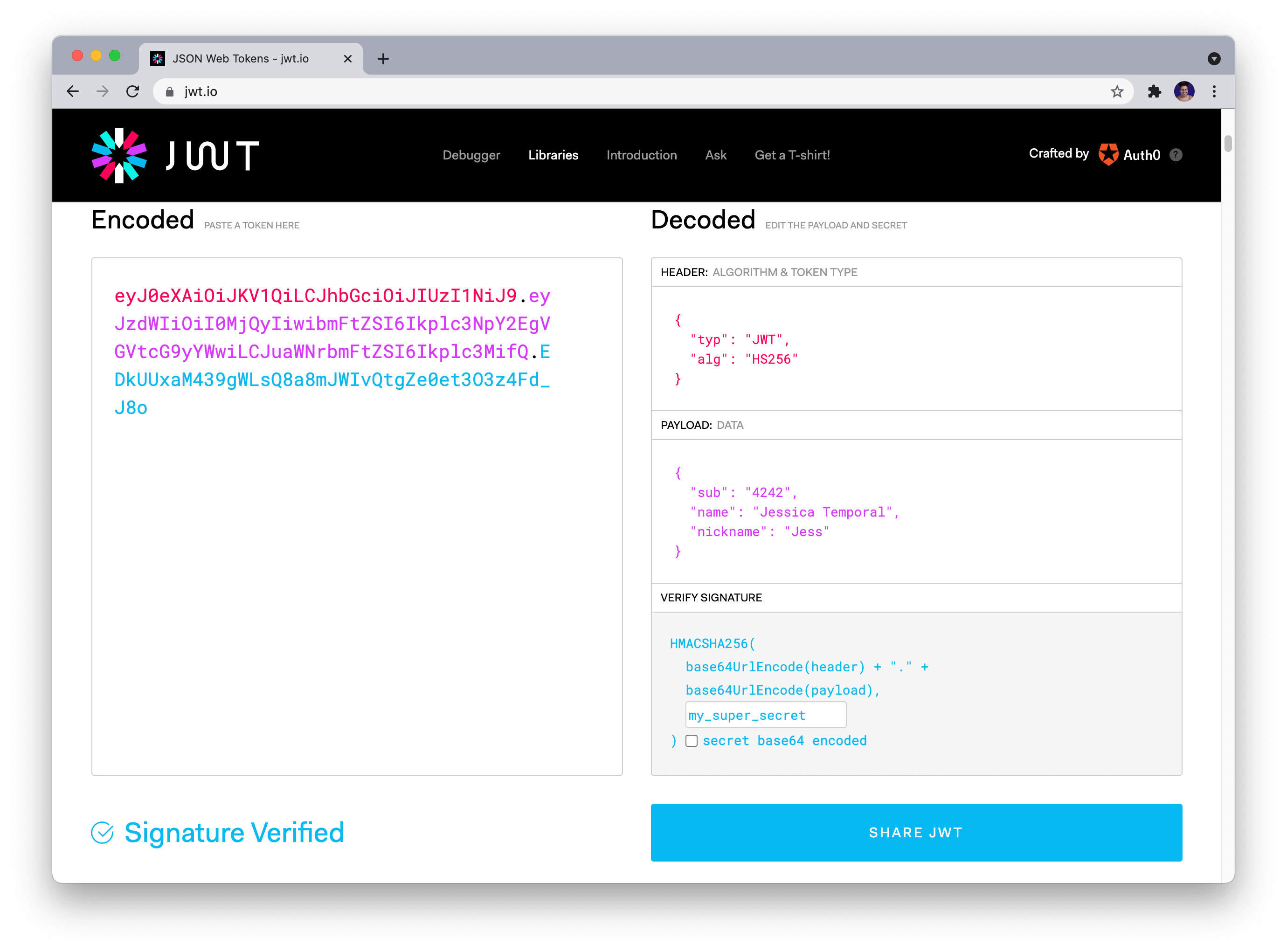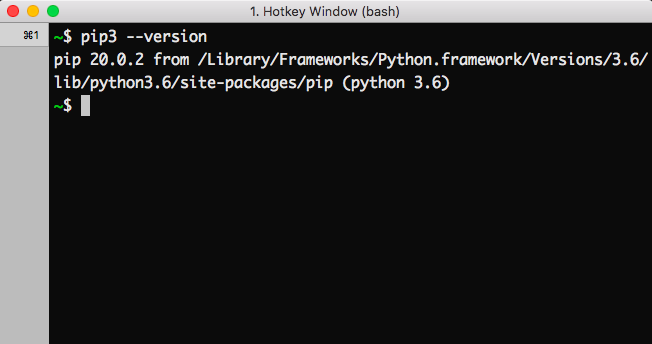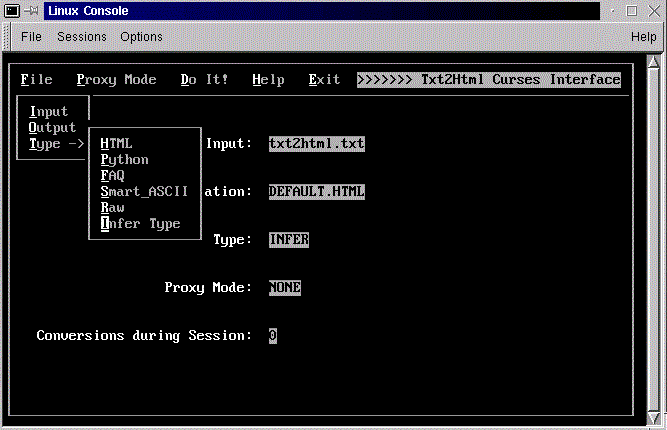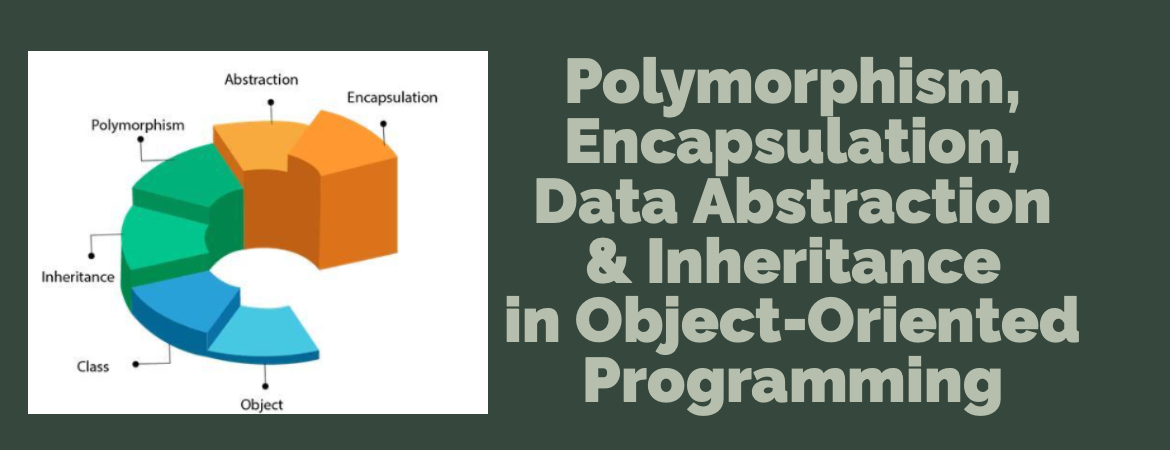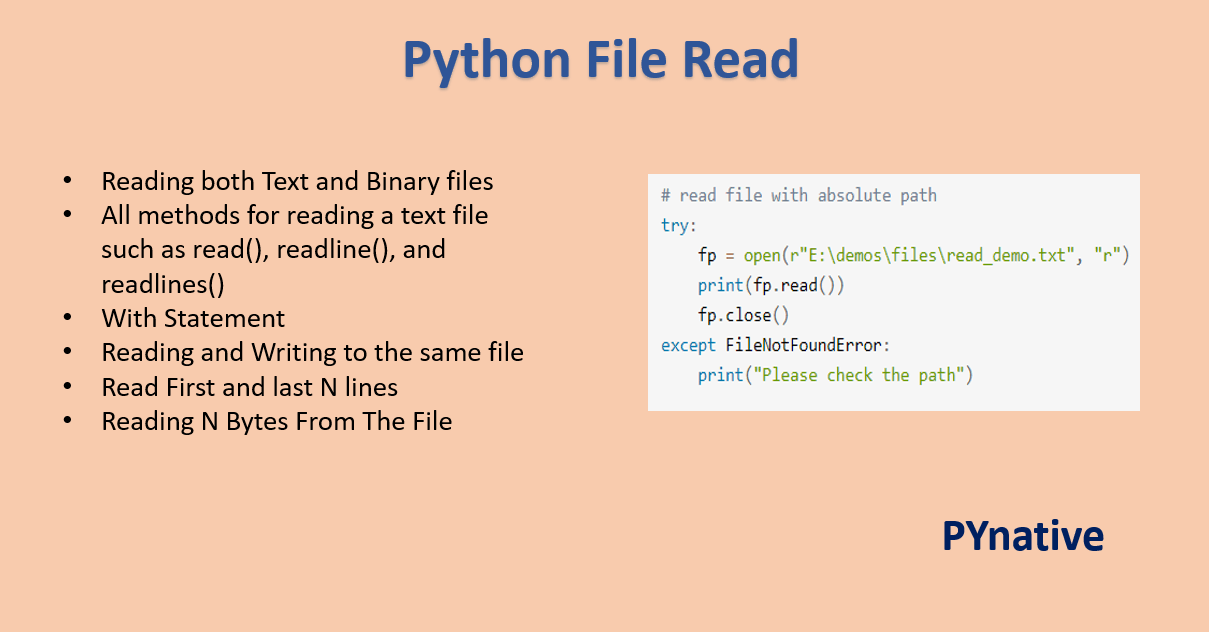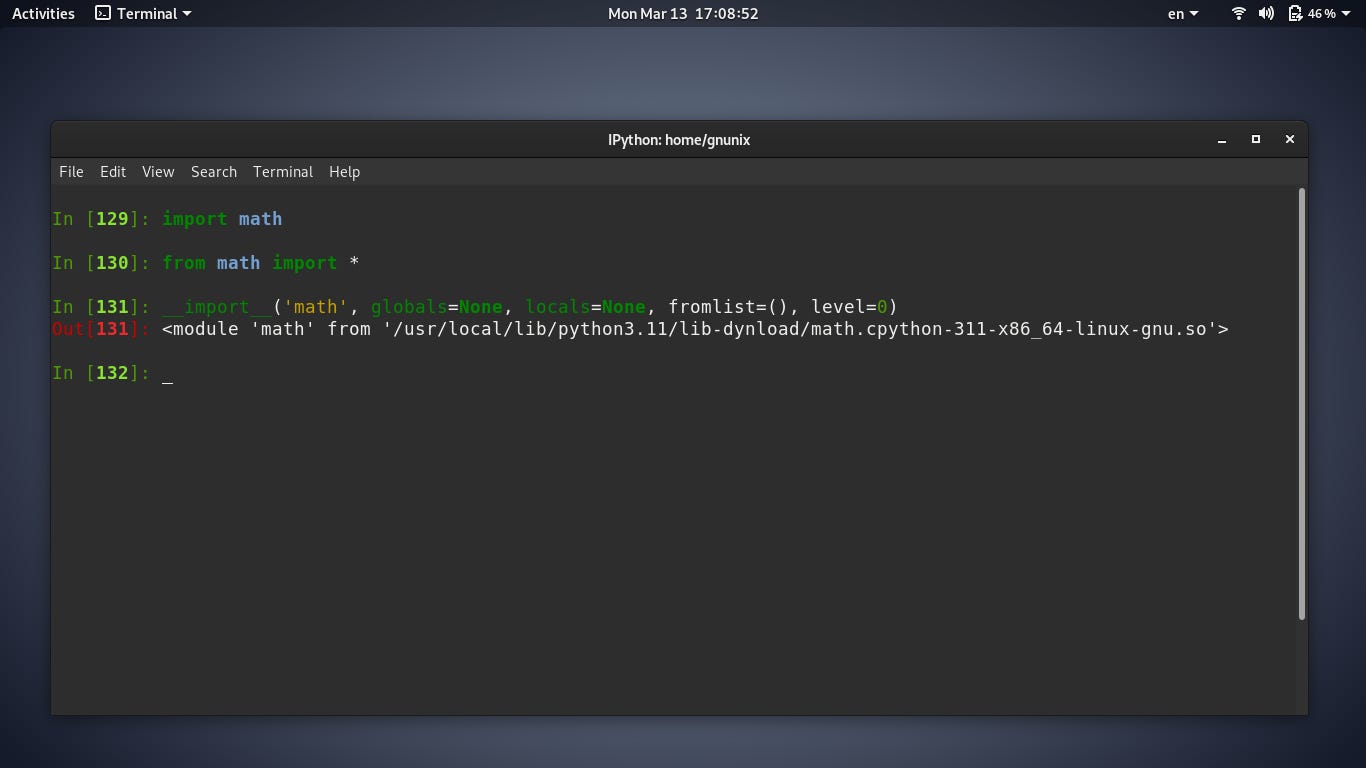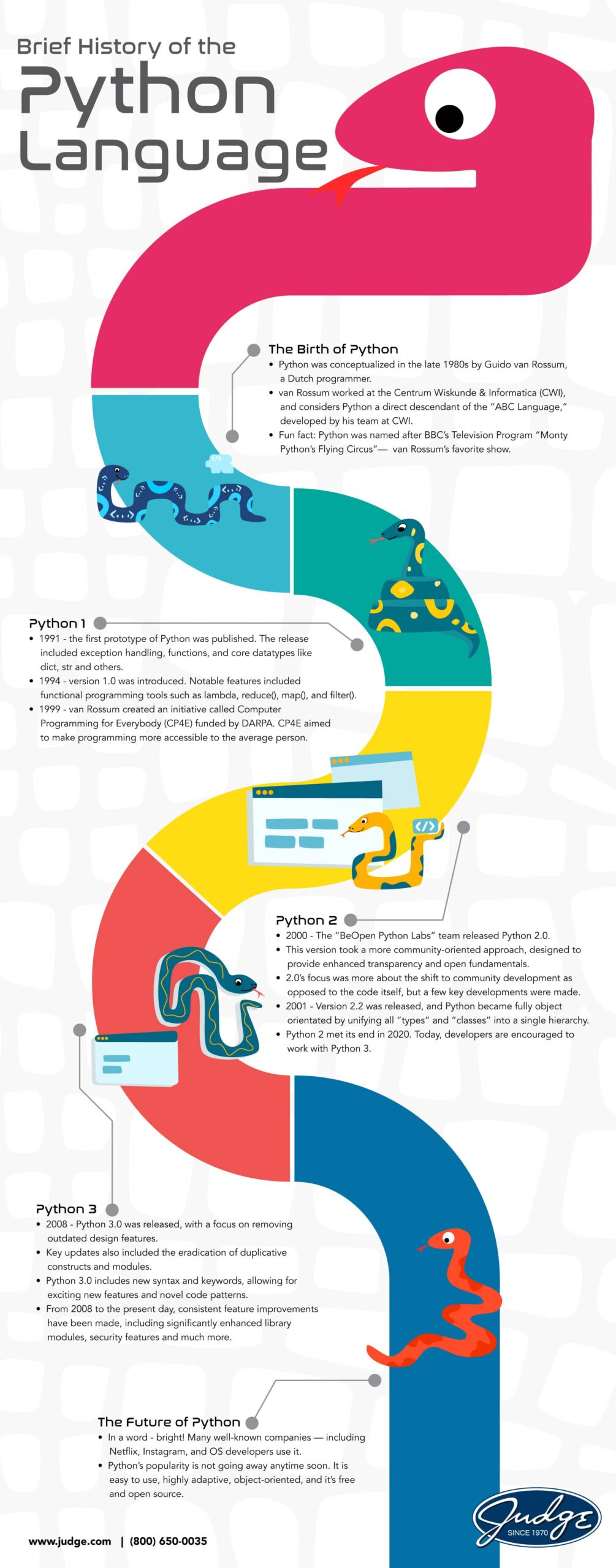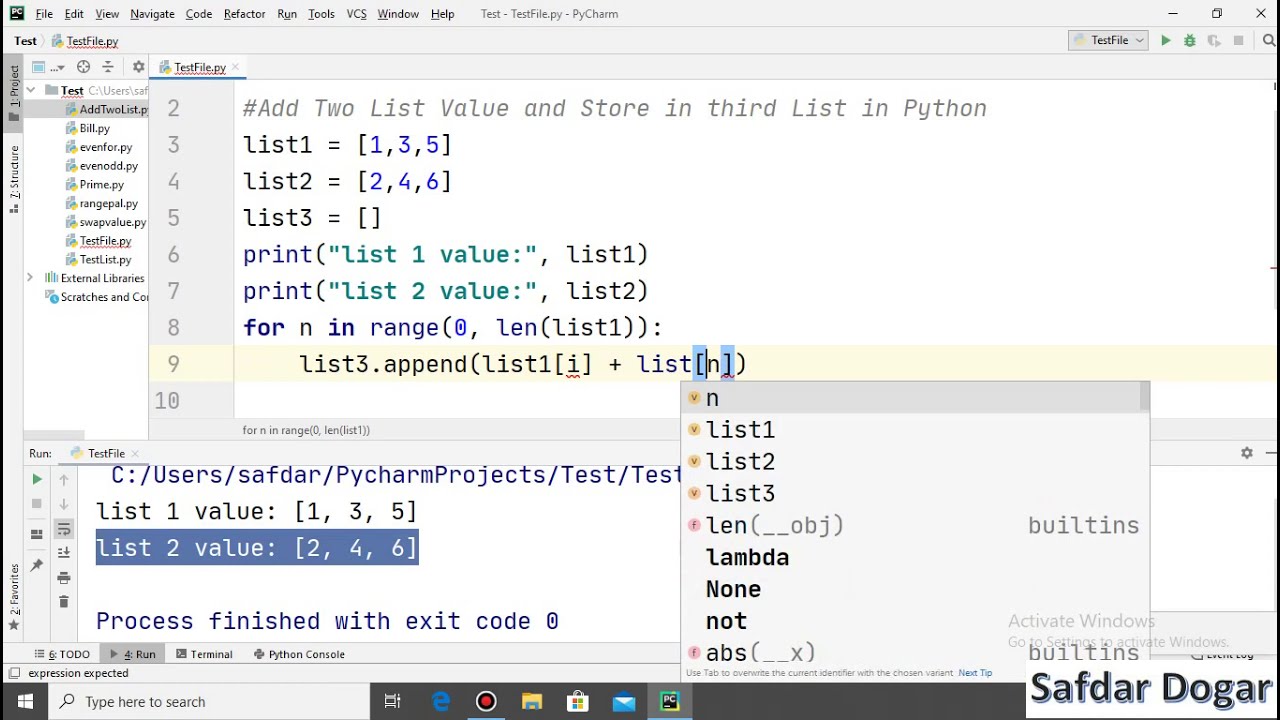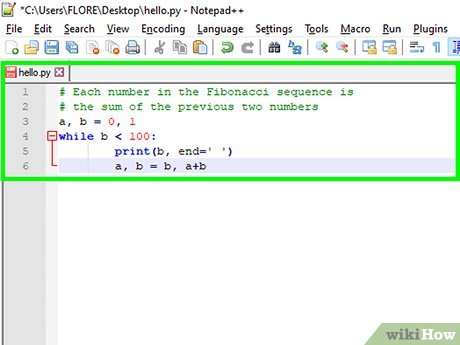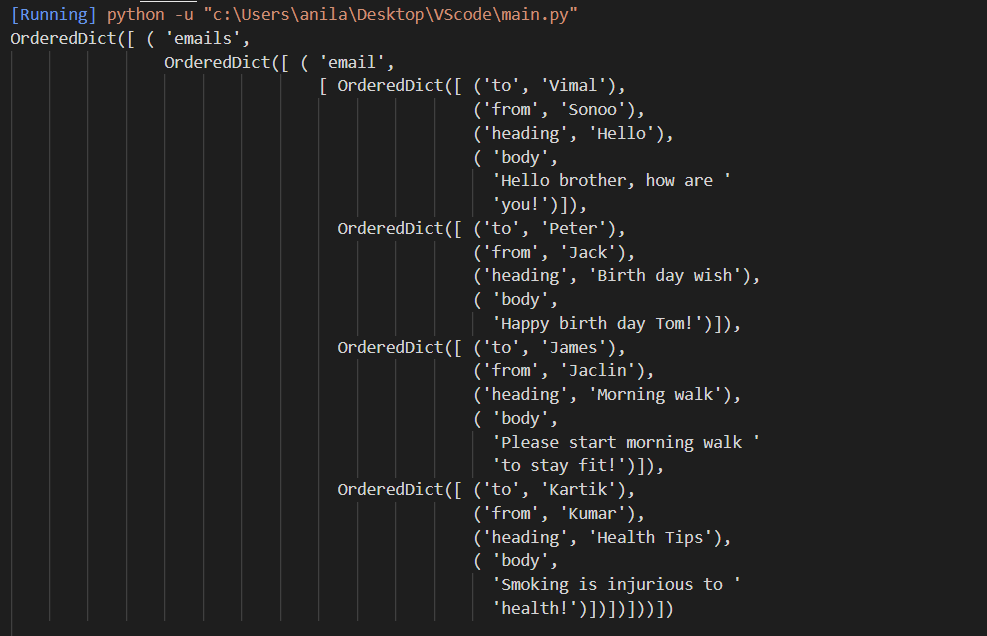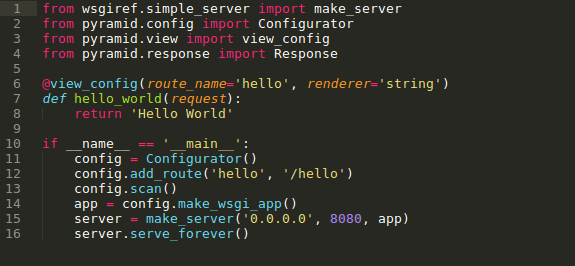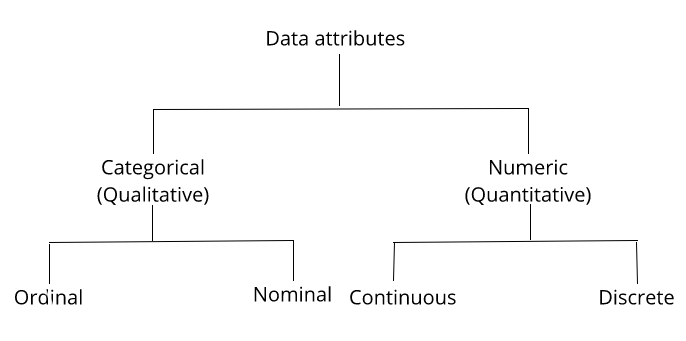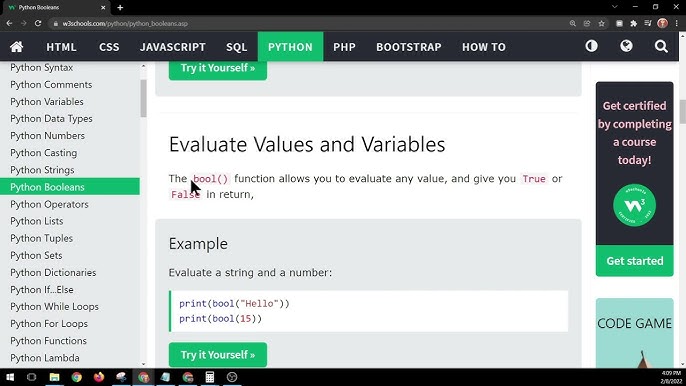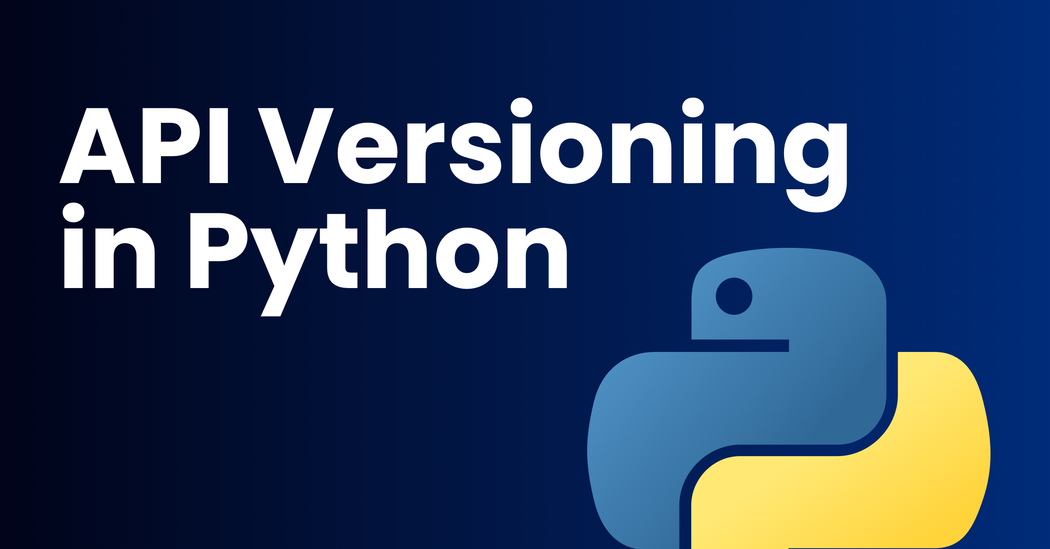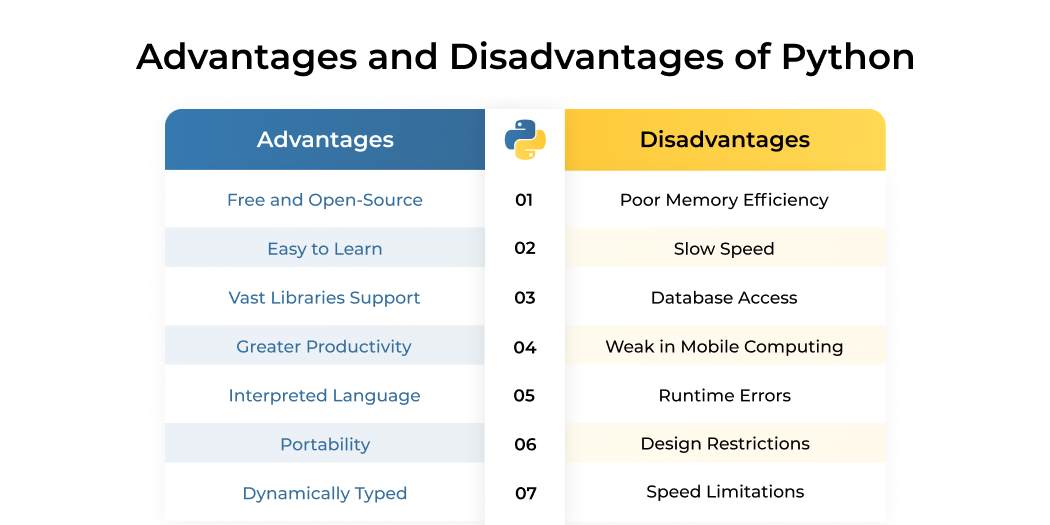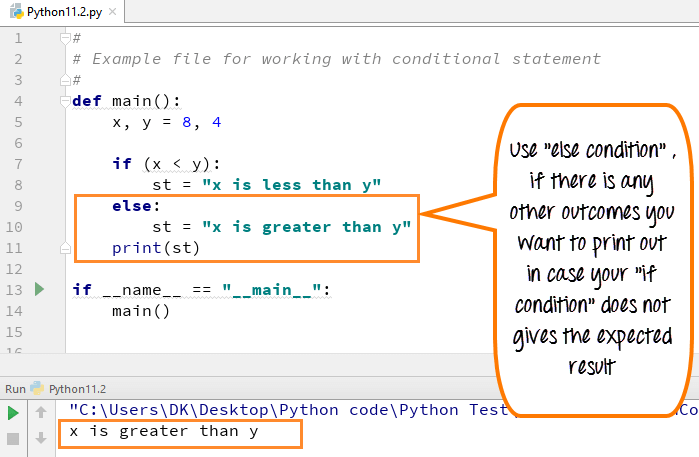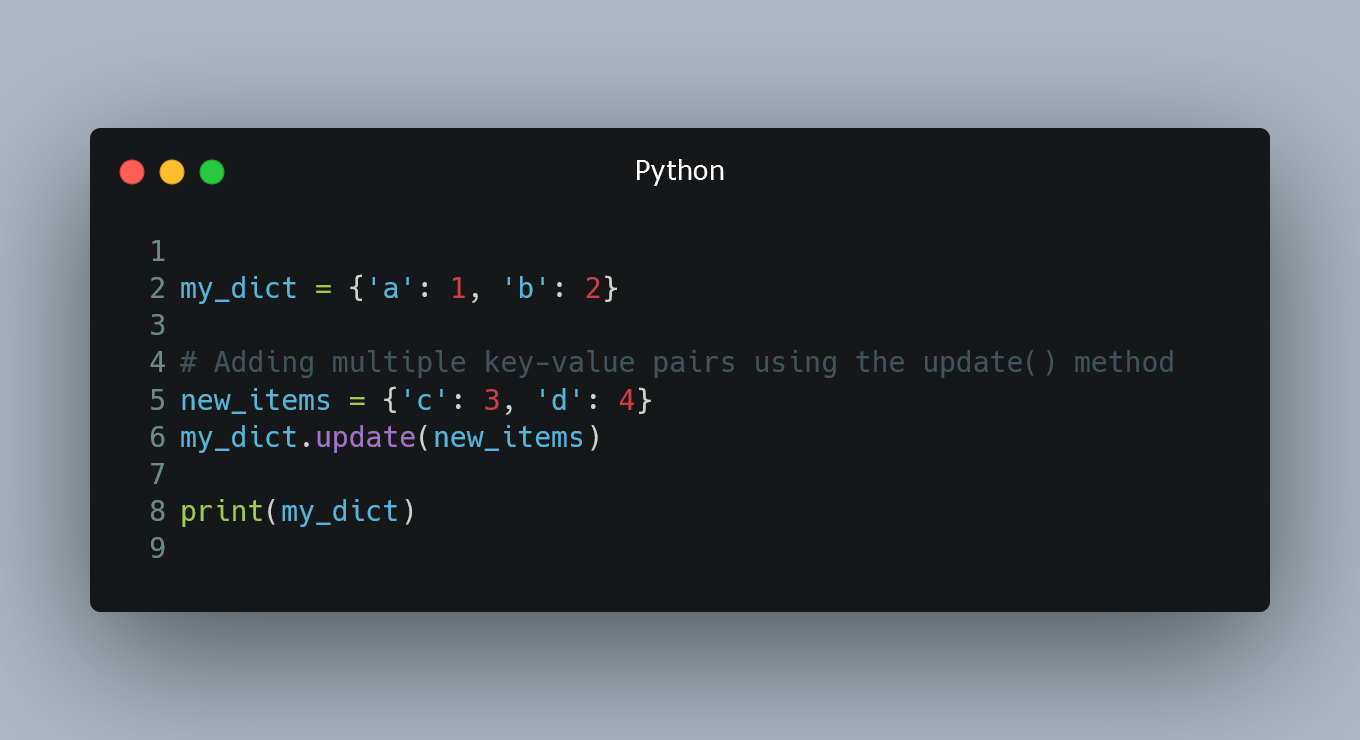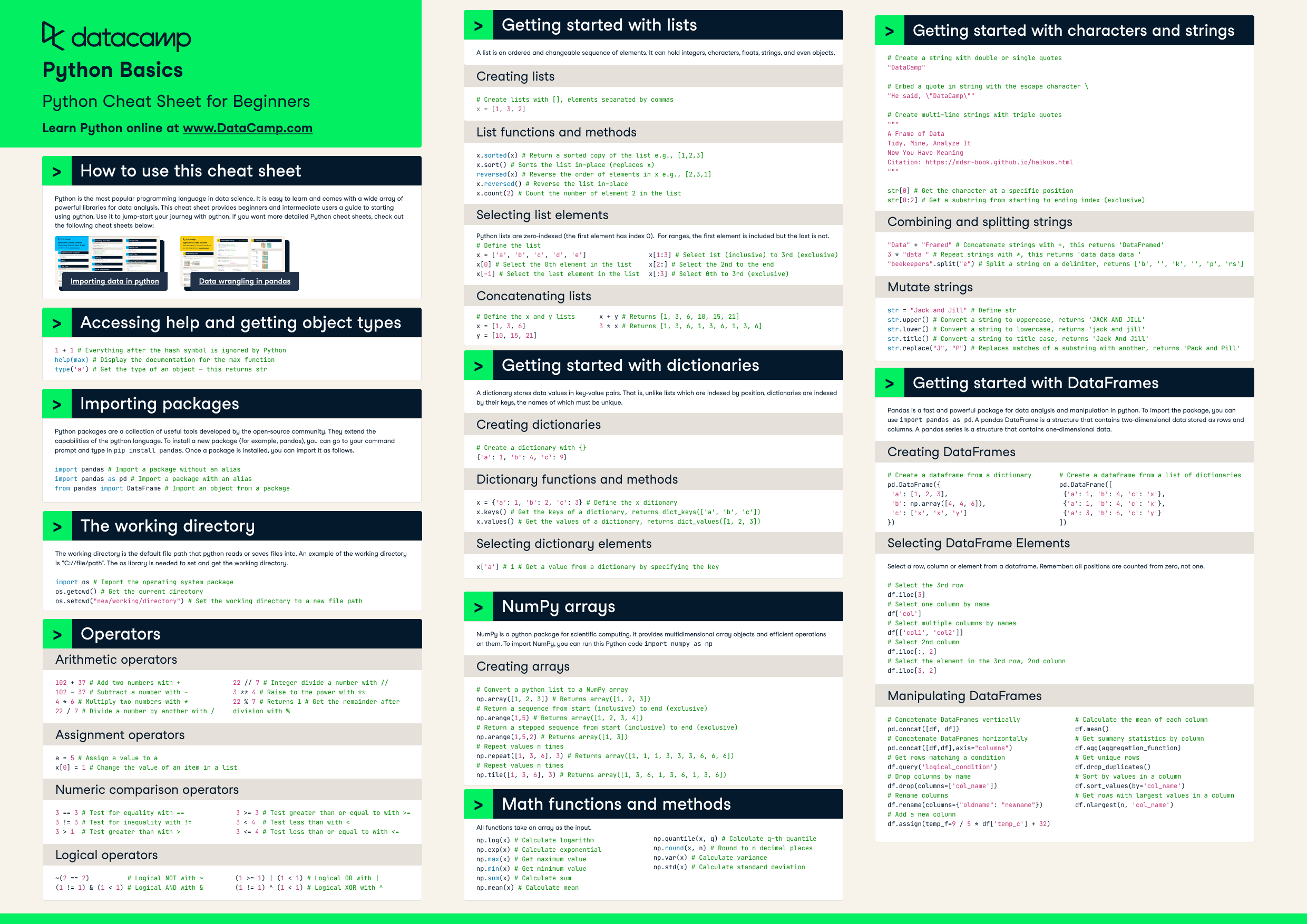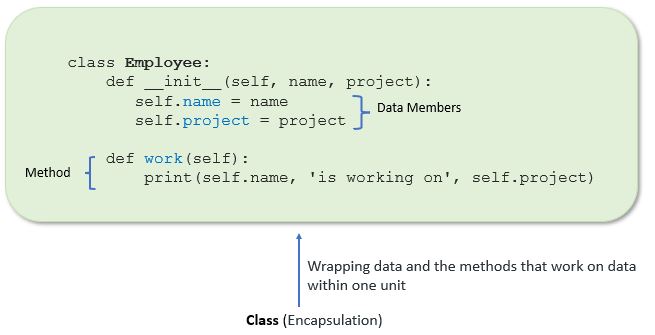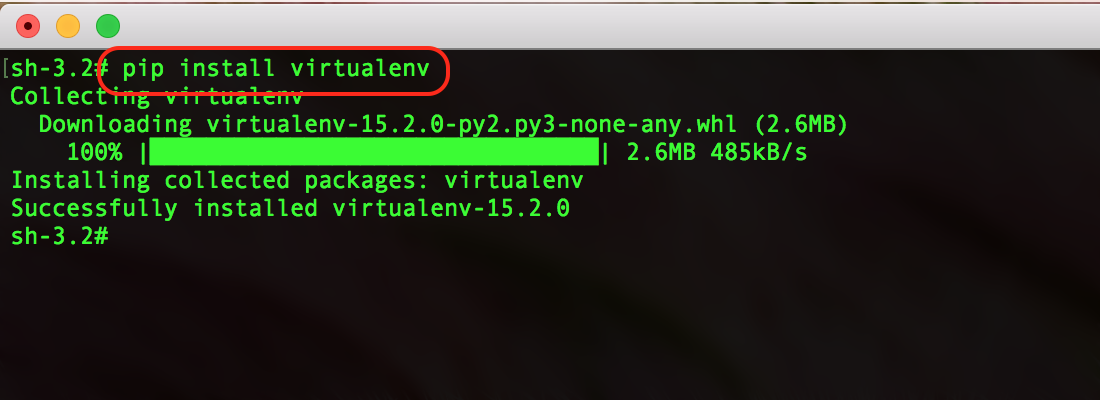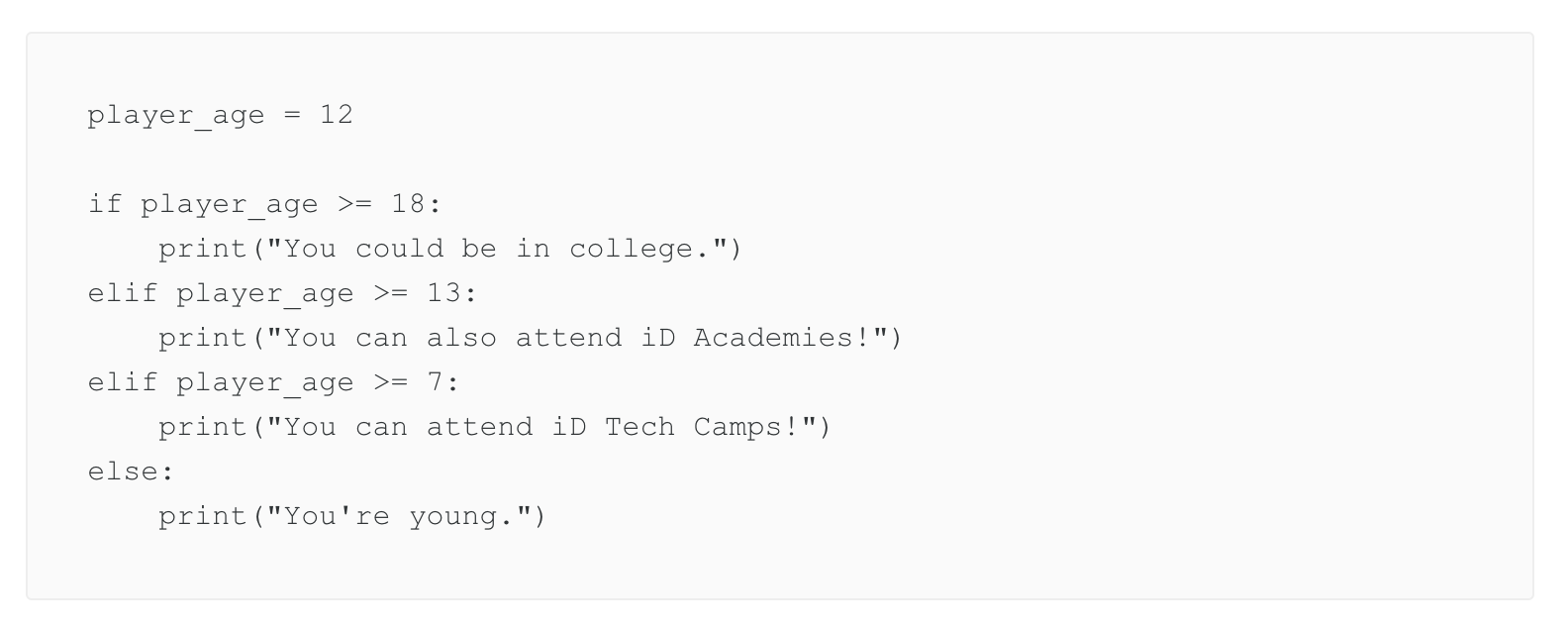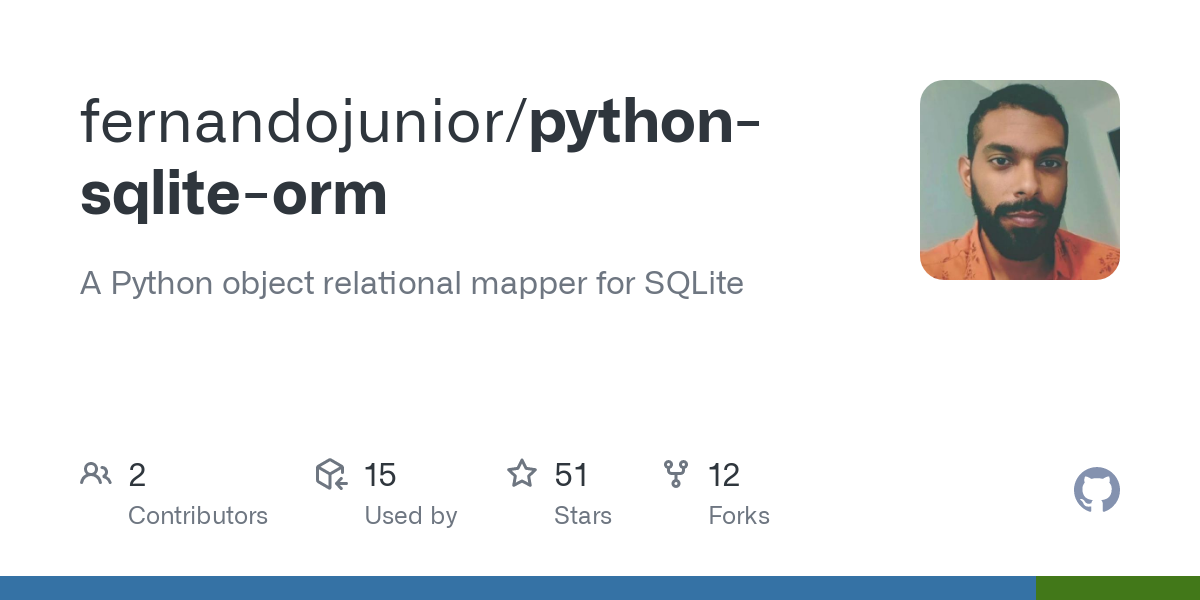Python stack list
Python stack list
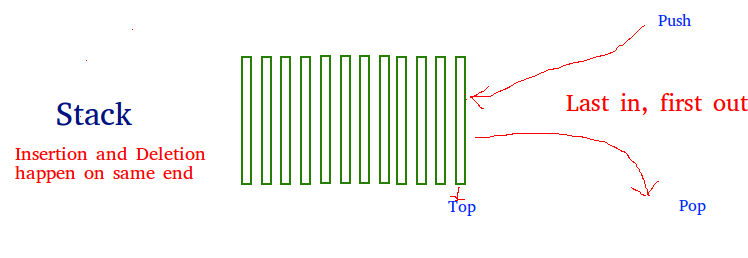
Here's a comprehensive guide to using the stack module in Python:
What is a Stack?
A stack is a Last-In-First-Out (LIFO) data structure, where elements are added and removed from the top of the stack. Think of it like a deck of cards - you can add cards to the top of the deck and remove them one by one.
Creating a Stack in Python
To create a stack in Python, you can use the list class, which is a built-in data structure that allows you to add and remove elements. Here's how:
stack = []
Pushing Elements onto the Stack
To "push" an element onto the stack, simply append it to the end of the list using the append() method:
stack.append('A')
stack.append('B')
stack.append('C')
print(stack) # Output: ['A', 'B', 'C']
Popping Elements from the Stack
To "pop" an element from the stack, use the pop() method with no arguments (by default, it removes and returns the last element in the list):
popped_element = stack.pop()
print(popped_element) # Output: 'C'
print(stack) # Output: ['A', 'B']
Peeking at the Top Element
You can "peek" at the top element of the stack without removing it by using the [-1] indexing:
top_element = stack[-1]
print(top_element) # Output: 'B'
Stack Operations
Here are some common operations you can perform on a stack:
Push: Add an element to the top of the stack. Pop: Remove and return the top element from the stack. Peek: Get the top element without removing it. IsEmpty: Check if the stack is empty.Using Stacks in Real-World Scenarios
Stacks are useful in many real-world scenarios, such as:
Parsing expressions: When evaluating an expression, you need to follow the order of operations (parentheses, exponents, multiplication and division, addition and subtraction). Implementing recursive algorithms: Recursion is all about breaking down problems into smaller sub-problems and solving them. Managing memory: In computer science, a stack can be used to manage memory allocation and deallocation.Conclusion
In this article, we covered the basics of working with stacks in Python. We created a stack using a list, pushed elements onto it, popped elements from it, peeked at the top element, and performed some common operations. Stacks are a fundamental data structure in computer science, and understanding how to work with them is essential for any programming enthusiast.
Resources
Python Documentation: list W3Schools: Python List TutorialChallenge
Create a program that implements a stack using a list, and then use it to solve the following problem:
Write a function that takes an integer n as input, and returns the n-th Fibonacci number. A Fibonacci sequence is defined recursively: each element is the sum of the two preceding elements, starting from 0 and 1.
Bonus
Here's a bonus challenge for you:
Create a program that implements a stack using a deque (double-ended queue), and then use it to solve the following problem:
Write a function that takes an integer n as input, and returns the n-th permutation of the string "ABC". The permutations should be generated in lexicographic order.
How to use list as stack in Python?
I'm happy to help you with that! Using a list as a stack in Python is possible, but it's not the most natural or efficient way to implement a stack data structure. However, if you still want to achieve this, here are some ways to do so:
Using List Slicing
One approach is to use list slicing to simulate the LIFO (Last-In-First-Out) behavior of a stack. You can push an element onto the stack by appending it to the end of the list and then pop an element by slicing off the last element from the list.
Here's a simple example:
class Stack:
def init(self):
self.stack = []
def push(self, item):
self.stack.append(item)
def pop(self):
if not self.is_empty():
return self.stack.pop()
def is_empty(self):
return len(self.stack) == 0
Usage
stack = Stack()
stack.push(1)
stack.push(2)
print(stack.pop()) # prints 2
In this example, push adds an element to the end of the list, and pop removes the last element from the list. The is_empty method checks if the stack is empty by checking the length of the list.
Using List Reversal
Another approach is to keep the original order of elements in the list but simulate the LIFO behavior by keeping track of the last index accessed. This can be achieved by maintaining a separate variable that keeps track of the top element (i.e., the most recently added element).
Here's an example:
class Stack:
def init(self):
self.stack = []
self.top_index = -1
def push(self, item):
if self.top_index == len(self.stack) - 1:
self.stack.append(item)
else:
self.stack.insert(0, item)
self.top_index = len(self.stack) - 1
def pop(self):
if not self.is_empty():
top_element = self.stack.pop(self.top_index)
self.top_index -= 1
return top_element
def is_empty(self):
return len(self.stack) == 0
Usage
stack = Stack()
stack.push(1)
stack.push(2)
print(stack.pop()) # prints 2
In this example, push adds an element at the correct position by inserting it at index 0 or appending it to the end of the list. The pop method removes the last element accessed (i.e., the top element) and adjusts the top_index. The is_empty method checks if the stack is empty by checking the length of the list.
Advantages and Disadvantages
While using a list as a stack in Python can be achieved, it may not be the most efficient or natural way to implement a stack. Here are some advantages and disadvantages:
Advantages:
Using a list allows for easy manipulation of elements (pushing, popping). It's possible to store any type of data in the list.Disadvantages:
The original order of elements is not maintained. Simulating LIFO behavior can lead to more complex logic. Accessing specific elements within the stack may be slower due to the need for slicing or indexing. Memory usage increases with each push operation (as the entire list needs to be stored).In summary, while it's possible to use a list as a stack in Python, there are better data structures designed specifically for implementing stacks, such as Python's built-in list and deque classes.
